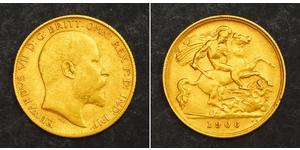(продана за $29.0)
1438, Upper Austria, Albert VI (Duke). Medieval Silver Pfennig Coin. Enns mint!
Denomination: Pfennig Mint Period: 1438-1463 Mint Place: St. Petersburg (С.П.Б.) Reference: CNA Table 87, Fa65 var. 2. Condition: A nicely toned VF-XF specimen! Diameter: 15mm Weight: 0.55gm Material: Silver
Obverse: Shield with arms of Enns within trefoil. Reverse: Blank (as usual for this uniface type).
Enns is a town in the Austrian state of Upper Austria on the river Enns, which forms the border with the state of Lower Austria. Enns was one of the first places in Austria to receive town privileges. The town charter dates to 22 April 1212, the document is displayed at the local museum. The date is also depicted on the Town Tower, the landmark of Enns. The first settlements in the area of the mouth of the Enns river to the Danube date back to 4,000 years ago. Celts settled the land around 400 BC. Their kingdom of Noricum was incorporated into the Roman Empire in AD 15 and was designated as a Roman province under the reign of Emperor Claudius in AD 45. In the second and third century, the Roman camp of Lauriacum, in which up to 6,000 soldiers were stationed, was located on the site of modern Enns. The adjacent settlement (today: Lorch) received the privileges of a municipium in 212 from Emperor Caracalla. At that time about 30,000 people lived here. During the Diocletian Persecution of Christians, a commander of the Roman army, Saint Florian, died as a martyr at Lauriacum on 4 May 304, when he was drowned in the Enns river. Only nine years later, the Emperor Constantine I proclaimed religious tolerance with the Edict of Milan. About 370, an Early Christian basilica was built on the remains of a Jupiter temple and Lauriacum was the see of a bishop until 488. The present Basilica of St. Lawrence at Lorch was built in 1344 on the foundations of the old church. About 900, the Enisiburg castle, later Ennsegg Palace, was built on the Georgenberg hill to serve as a protective fortress against Magyar invasions. The surrounding settlement prospered from the 12th century onwards, when Ottokar II, Margrave of Styria established a market here. In 1186 the Georgenberg Pact was signed, an inheritance contract between Ottokar IV, Duke of Styria, who lacked a male heir, and the Babenberg duke of Austria, Leopold V. Following the death of Ottokar IV in 1192, his Duchy of Styria — then significantly bigger than the contemporary state, reaching from present day Slovenia to Upper Austria — fell to the House of Babenberg. Thus, Enns became Austrian. As Leopold VI, Duke of Austria, endowed Enns with town privileges in 1212, it is now considered Austria's oldest town (apart from the Roman municipal status). The landmark of Enns, the belfry (Town Tower) on the Main Square, was erected between 1564 and 1568 as a bell tower, watch and clock tower during the reign of emperor Maximilian II.
Albert VI (German: Albrecht VI.; 18 December 1418 – 2 December 1463), a member of the House of Habsburg, was Duke of Austria from 1424, elevated to Archduke in 1453. As a scion of the Leopoldian line, he ruled over the Inner Austrian duchies of Styria, Carinthia and Carniola from 1424, from 1457 also over the Archduchy of Austria until his death, rivalling with his elder brother Emperor Frederick III. According to tradition, Albert, later known as the Prodigal, was the exact opposite of Frederick: energetic and inclined to thoughtlessness.
Albert was born in Vienna, the son of the Inner Austrian duke Ernest the Iron from his second marriage with the Piast princess Cymburgis of Masovia. Still minors upon the death of their father in 1424, he and his brother remained under the tutelage of their uncle Duke Frederick IV of the Empty Pockets,[2] who ruled over Further Austria and the County of Tyrol.
Coming of age in 1436, Albert, though a junior heir of Inner Austria, received no full rulership anywhere for a long time, which caused friction in his relations with his elder brother Frederick V. When in 1439 both Duke Frederick IV of Further Austria and King Albert II of Germany, Duke of Austria died, Archduke Frederick assumed the guardianship over their minor sons Sigismund and Ladislaus the Posthumous. As Habsburg patriarch, heir of Inner Austria and regent of Further Austria, Tyrol and the Austria proper, he then ruled over all the dynasty's hereditary lands. At that stage, Albert began quarreling with his brother and in 1446 claimed the lands of Further Austria from him.
The conflict between the brothers escalated when Duke Ladislaus Posthumous of Austria died childless in 1457 and Frederick, Holy Roman Emperor since 1452, came into his inheritance. Albert rose up and in 1458 occupied the western part of the Austrian archduchy "above the Enns" (later known as Upper Austria), which he ruled at Linz as a separate principality and, quite small, his portion of Habsburg patrimony. After laying siege to Frederick in the Vienna Hofburg, he also took over the reign of Austria below the Enns (now Lower Austria) in 1462. Albert however died childless the next year and all his lands fell back to his elder brother.
In 1452 Albert had married Mechthild of the Palatinate, daughter of Count Palatine Louis III. Albert is credited for founding the University of Freiburg in 1457.

|
Добавив:
anonymous 2019-04-07 |
1/2 Соверен Сполучене королівство Великобританії та Ірландії ...
в групі 38 монет / 29 цін
⇑

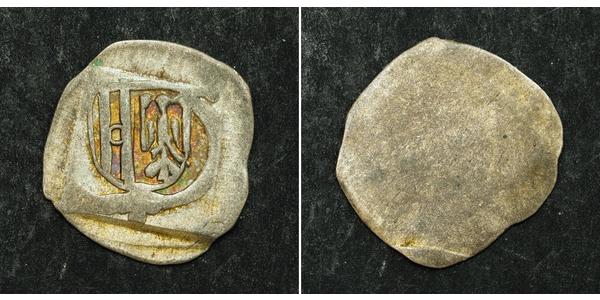




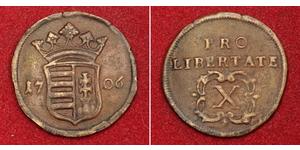
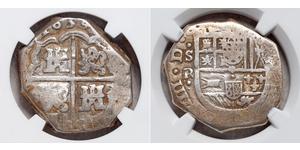






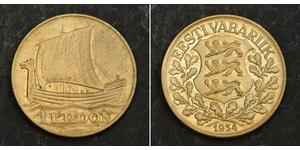
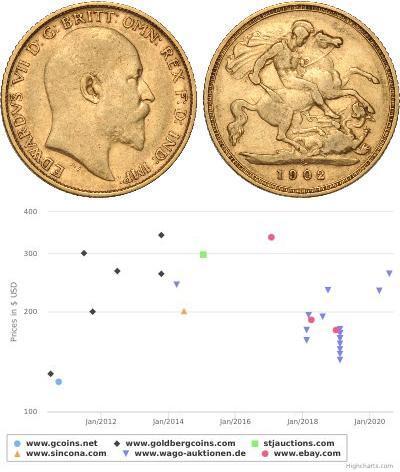
-300-150-XITBwcI0USAAAAEosgz7lJIK.jpg)
